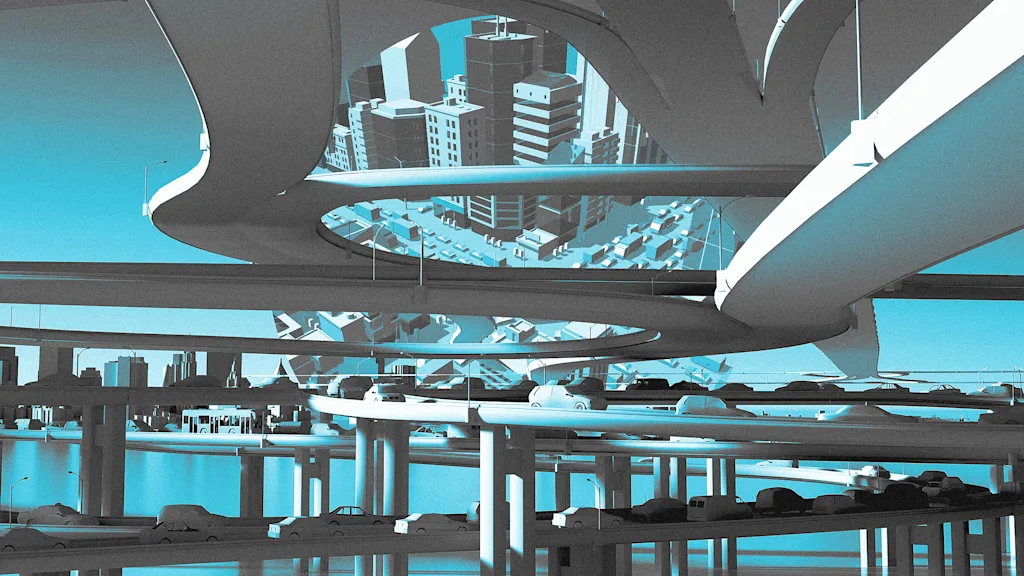Concrete Despair: How Cities Can Spark Joy and Rebuild Hope

Our modern built environment has become a stark mismatch with our fundamental human nature. The way we design cities, neighborhoods, and living spaces today often works against our innate social, psychological, and physical needs, creating landscapes that feel disconnected and isolating.
For decades, urban planning has prioritized cars, efficiency, and economic metrics over human well-being. Sprawling suburbs, car-dependent infrastructure, and isolated living spaces have gradually eroded our sense of community and natural human interactions. We've traded walkable neighborhoods, meaningful social connections, and intuitive spatial designs for convenience and perceived productivity.
However, hope is not lost. By reimagining land use planning through a human-centered lens, we can transform our built environments to better support human connection, mental health, and quality of life. This means designing spaces that encourage walking, foster spontaneous interactions, integrate green spaces, and create more compact, accessible communities.
Successful models already exist worldwide, from European cities with pedestrian-friendly designs to innovative urban developments that prioritize human scale and social interaction. By learning from these examples and embracing a more holistic approach to urban planning, we can create environments that not only accommodate our needs but actively enhance our collective well-being.
The path forward requires collaboration between urban planners, architects, policymakers, and communities—a shared vision of creating spaces that truly reflect and support our human experience.








